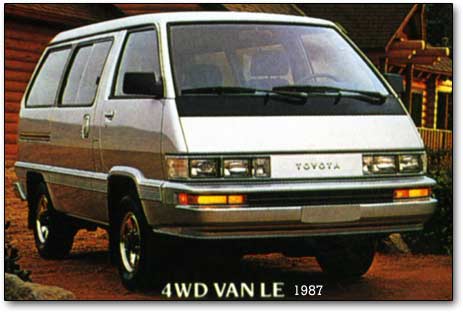The engine isn't dreaded, just that wretched head.
I believe the thread on head interchanges was also yours - but I answered that part there.
Since it's the upper surface, and therefore not subject to direct compression or corrosion, it should be relatively easy to fix (now that I chew on it.) I've never like the "cooling system sealers" that are on the market - how do you know they're going to deposit in the right place? How do you know they're not going to deposit in the wrong place?
Repair? Yeah. Start with fully disassembling, cleaning, &c, &c...
1) Identify and fully delineate the extent of the crack. You're going to want to make sure you get the whole thing - dye-check, or Magnaflux and have it all marked out.
2) Centre-punch both ends of the/each crack (there may be more than one. You want the punch mark centred on the very end of the crack as much as possible.)
3) Stop-drill the crack. Use a 1/8" drill bit, set it in the punch, and drill through (until you get into the cooling jacket. Stop there - you only need to punch through one layer of metal!)
4) Use a grinding burr, and "bevel out" the crack. You should end up with a nice little 90* Vee shape, and you do not need to go all the way through!
5) Typically, cracks are on the underside of the head. Therefore, typically, they are welded. However, this is a top-surface crack that is only subject to oil rundown (on top) and coolant pressure (from below - not more than 16psig.) So, you don't need as much strength. Therefore, as I see it, there's no reason you couldn't braze the crack closed! The stop-drilling should still halt the spread of the crack, and the Vee-grinding will still help the brazing filler metal penetrate (it's just an adhesion process, rather than a fusion process. But that's fine - you shouldn't need anywhere near as much strength! I wouldn't bother with solder tho - not strong enough for something like this.) You won't need to "dress" the surface of the repair, since it doesn't seal against anything. All you need to do is make sure that you get actual and relatively full penetration of the brazing fill metal into the crack - you should see it wick into the crack just a bit before you can build up a surface bead.
A proper job of brazing isn't anywhere near as strong as a proper job of welding - but welding cast iron is a pain, and you shouldn't need that sort of strength for this repair anyhow. So, brazing could save you a good deal of trouble in fixing it.
I haven't yet been able to obtain an 0331 head, so this repair remains theoretical. I'd like to get at least two - both cracked. I want to section one to see why they crack (and maybe get a warped TUPY head to see what's different there...) and another to attempt the repair I just outlined and have pressure-tested to see how well it worked...

